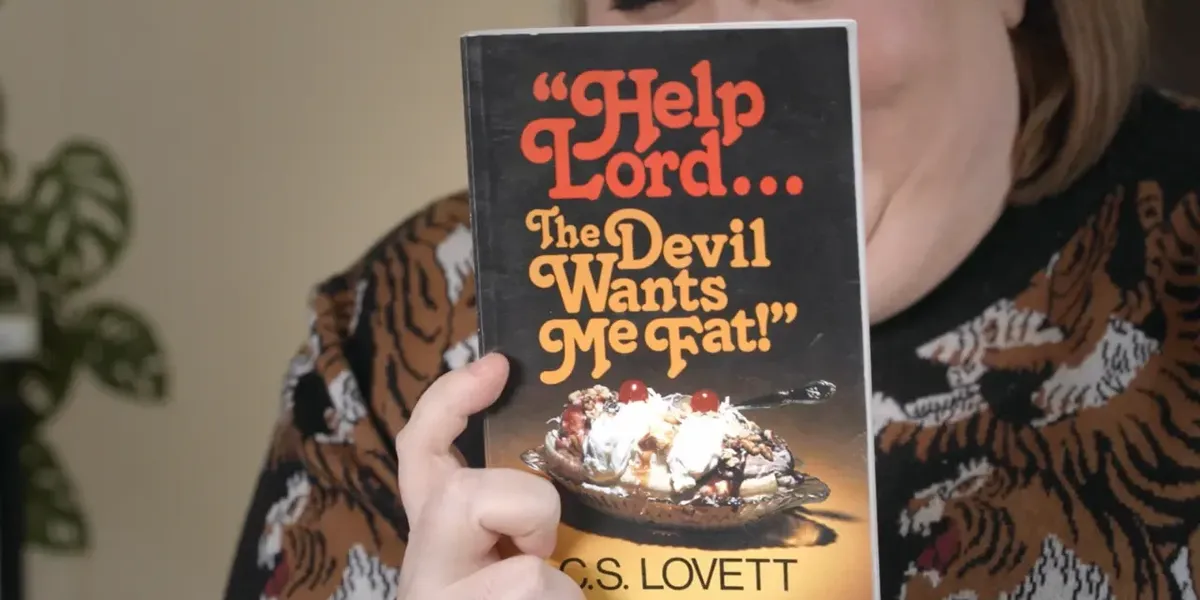
This post was written by Meagan Keane and originally appeared on Adobe blog on Jun. 8, 2023.
The film portrays the realities of what it’s like to go through life as a self-described “very fat person” with candor and vulnerability.
Alice Powell, the film’s editor, cut the film using Adobe Premiere Pro as it provided the necessary flexibility for editing across multiple cities and collaborating with director, producer, and screenwriter Jeanie Finlay, despite being in different locations at times. This meant that Finlay could review the edits and edit selects in Premiere Pro when they were working remotely from one another.
In addition to Premiere Pro, After Effects was used for digital graphics and was an integral part of the creative editing process. The filmmakers aimed to visually emphasize the written works of the woman in the film (who is a writer), animating the text to showcase her act of writing rather than just telling the story.
“Your Fat Friend” aims to offer a paradigm shift in the way society views fatness, exploring themes of fat, family dynamics, the complexities of change, and the profound emotions we hold about our bodies. You can catch the world premiere on June 8th, and continue to read below to hear more about Alice Powell’s use of Adobe’s Creative Cloud tools in bringing this thought-provoking film to life.
Can you tell us about your experience as a filmmaker and how you got started in the industry?
I’ve been working professionally as an editor for 15 years since graduating from the National Film and Television School in the UK. After graduation I have slowly built up the projects I’ve worked on by meeting filmmakers and being open to different styles of filmmaking, so I can continue to learn.
How and where did you first learn to edit?
I got interested in film as a teenager and my first experience of editing came during a summer film school where me and a friend spent our weekends cutting the film we had made on the media center computer.
We had to spend all our spare time doing it there, as at that time home computers could not be used for editing, and I got hooked through that experience of seeing the film come together.
How do you begin a project/set up your workspace?
I mostly work in documentary film, so the first thing to do to start a project is to work with the director on blocking out the story which we usually do with cards on the wall. We watch the material and form a plan of action for the film from there.
Tell us about a favorite scene or moment from this project and why it stands out to you.
In Your Fat Friend we have many scenes which center around complex family relationships, and there is a particular scene between Aubrey and her mother which I find very emotional. I very much enjoyed cutting that scene.
What were some specific post-production challenges you faced that were unique to your project? How did you go about solving them?
This film was shot over multiple formats as some was self-shot by the subject of the film remotely during COVID. It took quite a lot of organizational wrangling to get everything into the system in a usable fashion.
What Adobe tools did you use on this project and why did you originally choose them? Why were they the best choice for this project?
For this film we had to work across several different edit setups, cities and locations so we used Premiere Pro for the film because it gave us flexibility to work across all the different setups we had.
If you could share one tip about Premiere Pro, what would it be?
I recommend that people use the Proxy feature when bringing rushes into the system. Being able to toggle between full res clips and proxy files was super useful.
Who is your creative inspiration and why?
I’m inspired by anyone who pursues art with humility and passion.
What’s the toughest thing you’ve had to face in your career and how did you overcome it? What advice do you have for aspiring filmmakers or content creators?
I think that starting any film is tough, you never know how it’s going to go. It’s healthy to go into projects without having all the answers as the process of making the film is where you learn and grow creatively.
What’s your favorite thing about your workspace and why?
Having a standing desk has been a game changer for me. I really struggle to sit still for long periods of time, so it makes my job doable for me.
This post was written by Meagan Keane and originally appeared on Adobe blog on Jun. 8, 2023.
Author: Sponsored Content
This article comes from No Film School and can be read on the original site.
